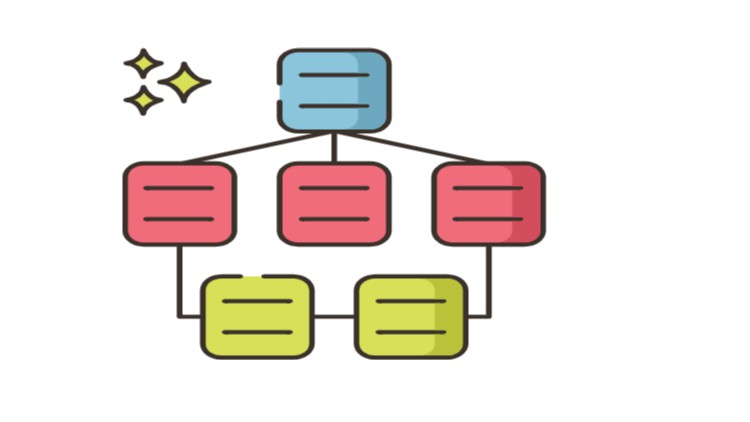
Perform Data Modelling with MySQL Workbench
What you will learn
Install MySQL and MySQL Workbench
Configure MySQL Workbench
Create Models
Perform Data Modelling
Explore and Configure Preferences
Description
MySQL Workbench is a Visual database designing and modeling access tool for MySQL server relational database. It facilitates creation of new physical data models and modification of existing MySQL databases with reverse/forward engineering and change management functions. The purpose of MySQL workbench is to provide the interface to work with databases more easily and in a more structured way.
MySQL workbench has tools that allow developers and database administrators visually create physical database design models that can be easily translated into MySQL databases using forward engineering.
MySQL workbench supports creation of multiple models in the same environment.
It supports all objects such as tables, views, stored procedures, triggers, etc. that make up a database.
MySQL workbench has a built in model validating utility that reports any issues that might be found to the data modeler.
It also allows for different modelling notations and can be extended by using LUA a scripting language.
MySQL workbench, has built in SQL visual editor. The Visual SQL editor allows developers to build, edit and run queries against MySQL server databases. It has utilities for viewing data and exporting it. The syntax color highlighters help developers easily write and debug SQL statements.
Multiple queries can be run and results automatically displayed in different tabs. The queries are also saved in the history panel for later retrieval and running.
Content